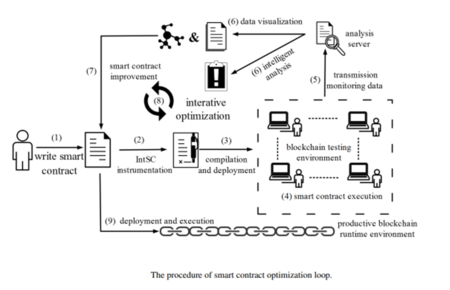Contract Optimization
Contract Optimization is the process of systematically and efficiently managing contract creation, execution, and analysis for maximizing operational and financial performance and minimizing risk.[1]
Stages of Contract Optimization[2]
Contract Optimization requires multiple levels (stages) in order to achieve the full velocity and benefits. Clients that utilize contract management but have not invested in the additional stages experience common challenges that only Optimization can address. Optimization builds on prior stages to increase the velocity.
- Stage One – All contracts in an electronic repository. This stage addresses wasted time locating contacts –A single repository WITH metadata reduces time spent locating contracts. It minimizes the risk of multiple versions of a single contract and increases the success of locating the correct contract and its related contracts including amendments and/or renewals.
- Benefits – Cut costs of finding contracts, and/or tracking renewals
- Stage Two – Analysis and reports of contracts. This stage addresses lack of visibility into critical contract details – having metadata provides the ability to find critical information such as key dates, terms, and level of risk. Without metadata, the user is relegated to reading or scanning a document to find that information. That can lead to a reactive approach of enforcing contract terms resulting in excess cost and/or revenue loss. If you haven’t figured it out yet, “Metadata is a crucial element to maximize velocity”
- Benefits – Identification of duplicates, conflicts, terms and key dates
- Stage Three – Automated contract creation. This stage addresses immature contract processes – a defined process and automation are the keys to success here. Applications that can provide templates, manage legally approved clauses, provide cycle time reporting (measure request to activation contract processing time as well as interim contract steps) automated approvals, and e-signature reduce the overall time for contract processing. Having a defined process that is measurable, improves productivity, leads to process improvement, and ultimately provides visibility within the process and reduced costs.
- Benefits – More efficient use of legal staff, faster cycle times, and acceleration of revenue and/ or savings
- Stage Four – Effective contract compliance (a.k.a. Obligation Management and Risk Mitigation). This stage deals with obligation management along with contract risk assessment – having a tool to manage obligations such as SLAs or uplift at renewal time, insures that obligations are met proactively. Using standard legally approved language minimizes the rogue use of terms and conditions. Performing assessments on contracts results in a contract risk rating, identifying high-risk contracts. Effectively managing obligations and risk leads to increased compliance and minimizes exposure to unnecessary litigation and fines and increased revenue.
- Benefits – More effective compliance with contractual benefits and commitments
- Stage Five – Integrate transaction systems to contractual terms and conditions (e.g., billing systems.). This stage is the culmination of all the prior stages and optionally provides the ability to create CLM integrations to upstream and downstream systems (i.e, billing and provisioning) – at this stage, the enterprise is maximizing all the business value from contracts. As stated in the earlier part of this blog, that directly influences Sales Cycle time reduction.
- Benefits – Maximized business value (full velocity) from contracts

source: Yi Ding et al.
